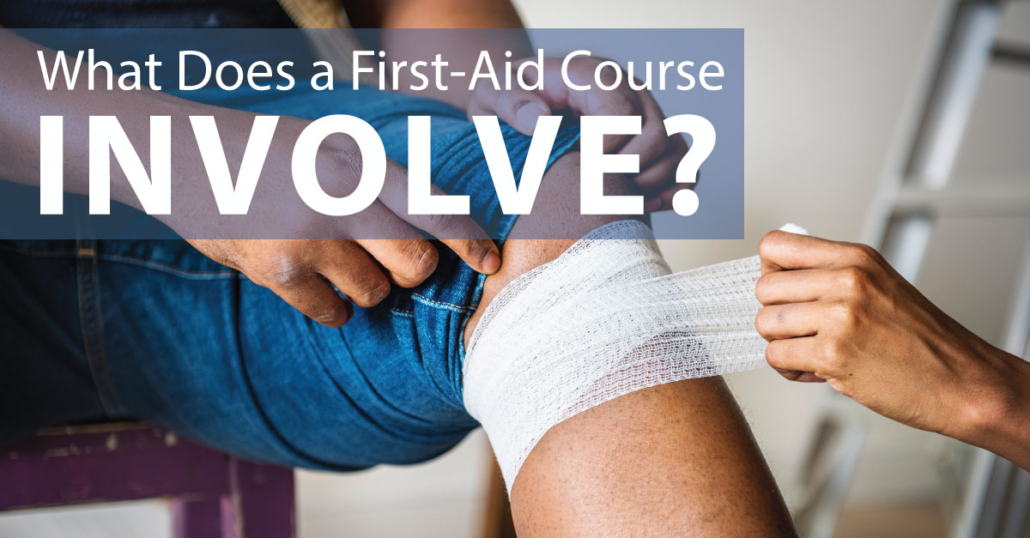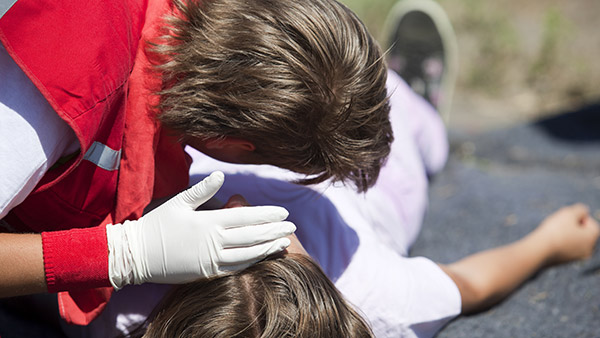Introduction
In today's globe, emergencies can strike at any moment, and being prepared is crucial. Among the key skills that can conserve lives is cardiopulmonary resuscitation (MOUTH-TO-MOUTH RESUSCITATION). Young adults stand for an important populace that can be trained to react properly in emergency situations. By furnishing them with mouth-to-mouth resuscitation training, we not only empower them with life-saving abilities but likewise foster a culture of readiness and obligation. This write-up discovers the relevance of mouth-to-mouth resuscitation training for teenagers, what to anticipate in emergency treatment programs, and exactly how these skills contribute to their individual growth and neighborhood safety.
Understanding CPR Training for Teenagers: Preparing the Future Generation for Emergencies
What is CPR?
Cardiopulmonary resuscitation (CPR) is a lifesaving strategy made use of during emergencies when someone's heart beat or breathing has stopped. It contains breast compressions and rescue breaths that aid maintain blood circulation to vital organs up until specialist clinical aid gets here. Recognizing the principles of CPR is critical for teens that might find themselves in emergency situation situations.

Why Do Teenagers Need CPR Training?
Teens are typically at celebrations, sports events, or perhaps home parties where emergency situations might happen. By learning CPR, they become positive participants of their community who can act decisively throughout situations. The ability to execute CPR with confidence can turn a potentially awful circumstance right into one where lives are saved.
Benefits of First Aid Courses for Teens
First aid programs do greater than just show individuals how to supply immediate treatment; they impart confidence and enhance problem-solving skills. For teenagers, this experience can develop character and motivate management top qualities.
- Empowerment: Knowledge of first aid and CPR empowers young people. Confidence Structure: Efficiently finishing a program gives teens with a feeling of achievement. Community Solution: Trained teenagers can volunteer in various setups such as colleges or sporting activities teams.
The Structure of CPR Courses for Teens
Course Period and Format
Most emergency treatment training courses are made to fit within a few hours to a couple of days, depending upon the depth of training used. Typically, a fundamental first aid course will certainly cover:
- Theory: The concepts behind emergency treatment techniques. Practical Skills: Hands-on practice with mannequins or via simulations.
Key Components Covered in Emergency Treatment Courses
Understanding Emergency Situations- Recognizing when to require help Assessing the scene for safety
- Performing top quality breast compressions Providing rescue breaths correctly
- Learning exactly how to run an AED Importance of early defibrillation
- Techniques for grownups, kids, and infants Recognizing indications of air passage obstruction
- Cuts and scrapes Sprains and fractures
The Value of Certification in First Aid Training
Obtaining Your Emergency treatment Certificate
Completing a first aid course normally finishes in getting a certification that verifies your abilities. This certificate offers several purposes:
- It demonstrates proficiency in emergency response. Many companies require certification for engagement in specific events.
Keeping Certifications Current
Just like any type of life skill, it is essential to maintain your understanding up-to-date. The majority of companies suggest restoring certifications every two years.
How Teenagers Can Get Included with Emergency Treatment Training
Finding Local Emergency treatment Courses
Teenagers thinking about acquiring their first aid certificate should check out neighborhood recreation center, colleges, or wellness companies that provide certified programs. Emergency CPR Brisbane
Helpful Resources:
- American Red Cross St John Ambulance Local health centers or health departments
Online vs In-Person Training Options
With innovations in modern technology, online modules have come to be popular yet may lack hands-on practice important for truly mastering methods. A combined technique-- integrating online theory with sensible sessions-- may be most beneficial.
Creating Awareness Amongst Peers about CPR Educating for Teenagers: Preparing the Future Generation for Emergencies
Peer Education and learning Initiatives
Encouraging teenagers to share what they have actually found out with their friends can intensify the influence of training programs:

- Forming study groups focused on emergency situation preparedness. Hosting workshops at institutions or area centers.
Using Social Media as a Platform
Teens today are heavily involved on social networks systems; making use of these networks can aid spread out awareness concerning the importance of first aid training amongst peers.
Real-Life Stories That Highlight the Significance of CPR Educating for Teens
Case Research 1: Saving a Life at School Sports Event
A teenager trained in CPR had the ability to save their good friend's life throughout a soccer match when he broke down on the field due to cardiac arrest. Their fast reasoning enabled them to administer correct upper body compressions up until emergency services arrived.
Case Research study 2: Family Members Emergency at Home
Another example entailed siblings that had taken a first aid course with each other. When their more youthful sibling unintentionally choked on food throughout supper, they instantly recognized what actions to take since they remembered their training-- leading them efficiently through the emergency.
Frequently Asked Questions (FAQs) About Teenager Mouth-to-mouth Resuscitation Training
1. What age should teens start taking CPR courses?
Many companies recommend beginning as early as 12 years of ages; nonetheless, younger kids can likewise learn fundamental concepts through proper programs customized to their age group.
2. How long does it take to finish a first aid course?
Courses generally vary from 4 hours up to 16 hours relying on material deepness-- the standard being around 8 hours.
3. Exist any type of prerequisites before enrolling?
No formal prerequisites exist; nonetheless, it's handy if individuals have an understanding of basic clinical terms.
4. Will certainly I get accreditation after finishing my course?
Yes! Upon effective conclusion and passing any type of essential assessments you'll receive a main emergency treatment certificate valid for two years.
5. Can I take these training courses online?
Numerous organizations use hybrid styles integrating on the internet theory with needed useful sessions held in person-- this is advised by industry standards.
6. Is it required to restore my qualification periodically?
Yes! Normal recertification ensures your abilities stay skillful and updated according to present guidelines.
Conclusion
In final thought, furnishing teenagers with knowledge about cardiopulmonary resuscitation (CPR) via specialized training programs is very useful not only for their growth however likewise boosts neighborhood safety and security generally. With reliable training resources available-- from local training courses using extensive direction on both basic first aid techniques in addition to advanced life assistance approaches-- it's less complicated than ever for young people eager concerning making an impactful distinction during emergencies!
As we move on right into an uncertain globe loaded with obstacles needing quick action-- let us spend our efforts towards enlightening this next generation so they're prepared not just academically yet likewise almost equipped when faced versus real-life situations demanding urgent reactions like those calling for timely interventions such as executing reliable cardiopulmonary resuscitation (CPR).
